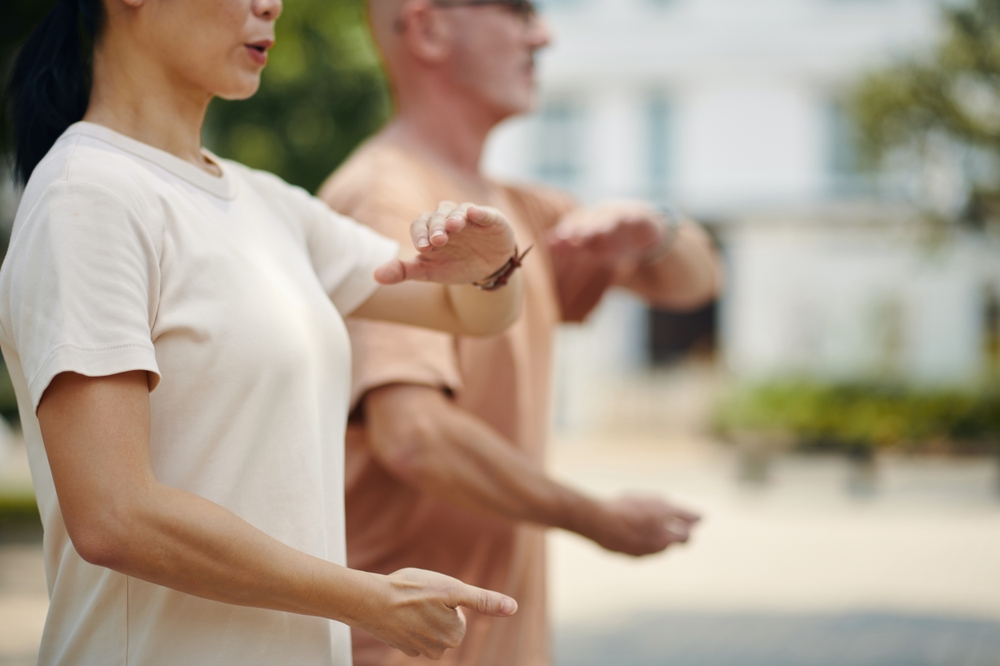Breathwork Biohacking: Optimizing Health Through Advanced Breathing Techniques
The air we breathe is our most vital resource, yet many of us rarely give it a second thought. What if the key to unlocking peak performance, stress reduction, and improved overall health lies in something as simple as how we breathe? Could mastering advanced breathing techniques be the next frontier in biohacking our bodies for optimal wellness?

Research conducted at the University of California, San Francisco, revealed that certain breathing exercises can activate the parasympathetic nervous system, triggering a relaxation response that counters the effects of chronic stress. This has far-reaching implications for managing conditions like anxiety, hypertension, and even certain autoimmune disorders.
The Physiological Impact of Advanced Breathing
When we engage in controlled breathing exercises, we set off a cascade of physiological changes. The diaphragm, our primary breathing muscle, plays a crucial role in this process. Deep, diaphragmatic breathing increases oxygen saturation in the blood, which can enhance cellular function throughout the body.
Furthermore, specific breathing patterns have been shown to influence brain wave activity. A study published in the Journal of Neurophysiology found that rhythmic breathing exercises can synchronize neural oscillations across brain regions, potentially improving cognitive function and emotional regulation.
Breathwork Techniques for Optimal Health
Several advanced breathing techniques have emerged as powerful tools for biohacking our health:
-
Box Breathing: This technique involves inhaling, holding the breath, exhaling, and holding again, each for a count of four. Navy SEALs use this method to maintain calm and focus in high-stress situations.
-
Wim Hof Method: Developed by Dutch athlete Wim Hof, this technique combines hyperventilation with breath retention and has been linked to improved immune function and stress resilience.
-
Coherent Breathing: This involves breathing at a steady rate of about five breaths per minute, which has been shown to optimize heart rate variability and reduce anxiety.
-
Buteyko Method: Named after its creator, Dr. Konstantin Buteyko, this technique focuses on nasal breathing and breath reduction to improve oxygen utilization at the cellular level.
Integrating Breathwork into Daily Life
While dedicated breathwork sessions can be beneficial, the real power lies in incorporating these techniques into everyday activities. Practicing mindful breathing during commutes, work breaks, or before sleep can lead to cumulative health benefits over time.
Many biohackers are now using wearable devices that track breathing patterns and provide real-time feedback, allowing for continuous optimization throughout the day. This integration of technology with ancient wisdom is opening new frontiers in personal health management.
The Future of Breathwork Biohacking
As research in this field continues to evolve, we’re likely to see even more targeted breathing protocols developed for specific health outcomes. From enhancing athletic performance to managing chronic pain, the potential applications are vast.
Some forward-thinking companies are already incorporating breathwork into their wellness programs, recognizing its potential to boost employee productivity and well-being. As awareness grows, we may see breathwork becoming as commonplace as exercise in our daily health routines.
Breath Mastery: Tips for Optimal Health
-
Practice diaphragmatic breathing for 5 minutes daily to improve oxygen uptake
-
Use the 4-7-8 technique (inhale for 4, hold for 7, exhale for 8) to promote relaxation
-
Experiment with alternate nostril breathing to balance the nervous system
-
Try breath holding exercises to increase CO2 tolerance and improve circulation
-
Incorporate nasal breathing during exercise for enhanced endurance
-
Use a breathing app or device to track and optimize your breathing patterns
In conclusion, breathwork biohacking represents a powerful, accessible tool for optimizing health and well-being. By harnessing the power of our breath, we can influence our physiology in profound ways, potentially revolutionizing our approach to wellness. As research continues to unveil the benefits of advanced breathing techniques, integrating these practices into our daily lives may be the key to unlocking our full health potential.





